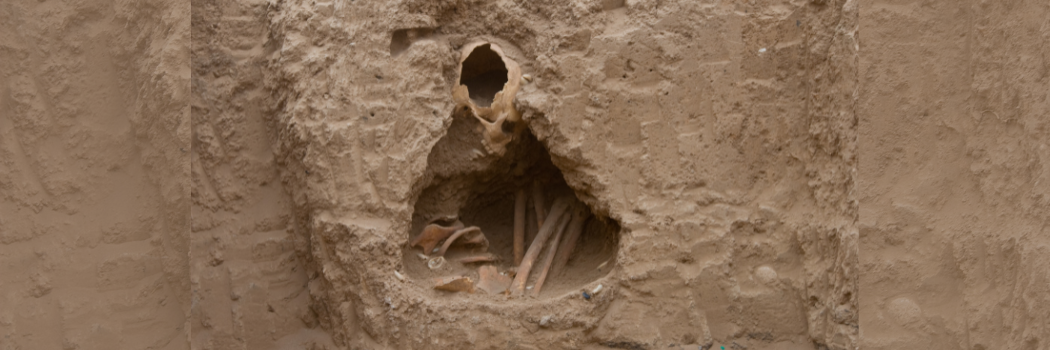
Archaeologists have revealed new insights into how the world's first farming villagers formed communities, moved across the land and responded to outsiders.
Researchers analysed the chemical signatures in teeth from 71 people, spanning the entire Neolithic period from 11,600 to 7,500 years ago.
The teeth were found at five archaeological sites in what is now modern Syria.
By analysing the strontium and oxygen isotopes in the tooth enamel, the researchers were able to establish if the individuals grew up locally or whether they moved from a different area - reconstructing previously invisible patterns of mobility.
This tooth analysis, combined with skeletal evidence and funerary practices, revealed that once permanent villages were firmly established, most people stayed local and strengthened ties to particular communities.
Women more likely to move
Interestingly, towards the end of the Neolithic it appears that women were more likely than men to move between communities.
This suggests patrilocal traditions, in which women relocated to form marriages in new communities, whereas men remained in their home villages.
This movement cycle may have evolved to avoid inbreeding within communities.
The study also found that local and non-local individuals were often buried together and received the same, sometimes exceptional, funerary treatments.
Open to newcomers
The researchers found that at some sites, individuals who originated elsewhere appeared fully integrated into village life, suggesting early farming communities were inclusive and open to newcomers.
One striking example came from one of the sites, Tell Halula, where multiple layers of human remains were preserved within house floors.
Analysis revealed that the individuals buried together in the same house included both locals and non-locals, all treated with the same funerary practices.
Further evidence across the samples showed that local and non-local people were buried in close proximity in the same cemeteries and spaces, with the same elaborate burial assemblages and with similar post-mortem manipulations such as being buried in a seated position.
This indicates that mobility did not preclude social inclusion, and that villagers in the Neolithic period were open to assimilating newcomers fully into community life and afforded them the same distinct treatment in death.
The research was funded by The Leverhulme Trust and is published in the journal Nature Scientific Reports.
Main image shows one of the burials found at the Neolithic site of Tell Halula in Syria. Picture credit: Grup de Recerca en Arqueologia del Mediterrani i del Proxim Orient (GRAMPO), Seminari d'Arqueologia Prehistòrica del Pròxim Orient (SAPPO).






